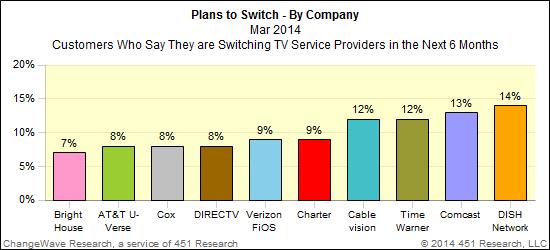Contact: Scott Denne
Violin Memory jumps out of the server-side storage business just a year after launching a PCIe flash product. The quick exit – a $23m sale of the division to SK Hynix – comes as Violin dedicates resources exclusively toward returning its storage systems business back to growth (minus the PCIe unit, sales fell 31% year over year to $17m in the most recent quarter).
Violin entered the flash PCIe fray just as serious competition emerged for all-flash storage systems, a dangerous time (as we pointed out in an earlier report ) for a small company with an early lead to divide its attention. Considering the market traction for server-side flash, it makes sense that Violin would jettison that business.
Violin got off to a respectable start in PCIe, hitting $5m in quarterly revenue by its third quarter of PCIe sales, but the market is littered with larger competitors and, as a whole, server-side flash products have attracted scant attention from enterprise buyers. According to surveys last year by TheInfoPro, a service of 451 Research, a full two-thirds of respondents said they had no plans to implement server-side flash. Only 18% of respondents had deployed the technology, up from 11% in the same survey a year earlier.
For more real-time information on tech M&A, follow us on Twitter @451TechMnA.

